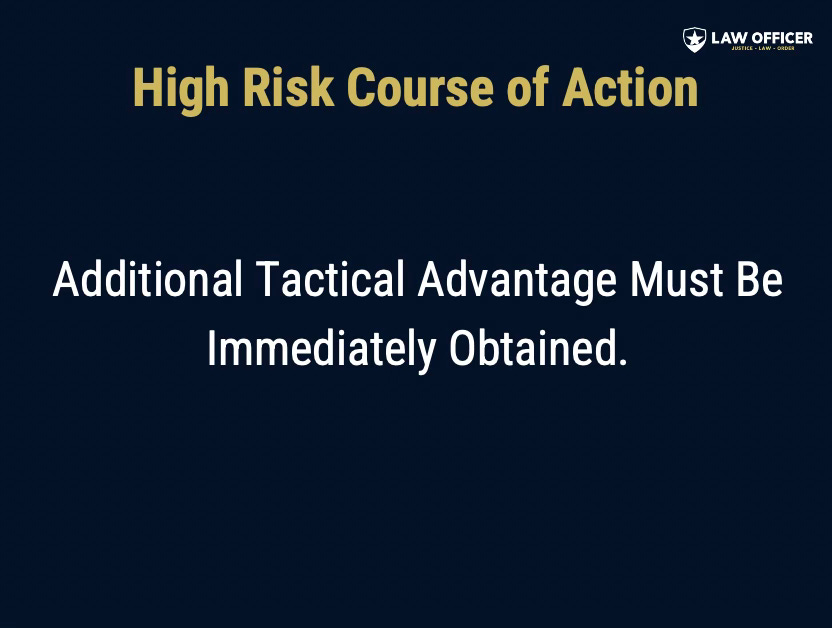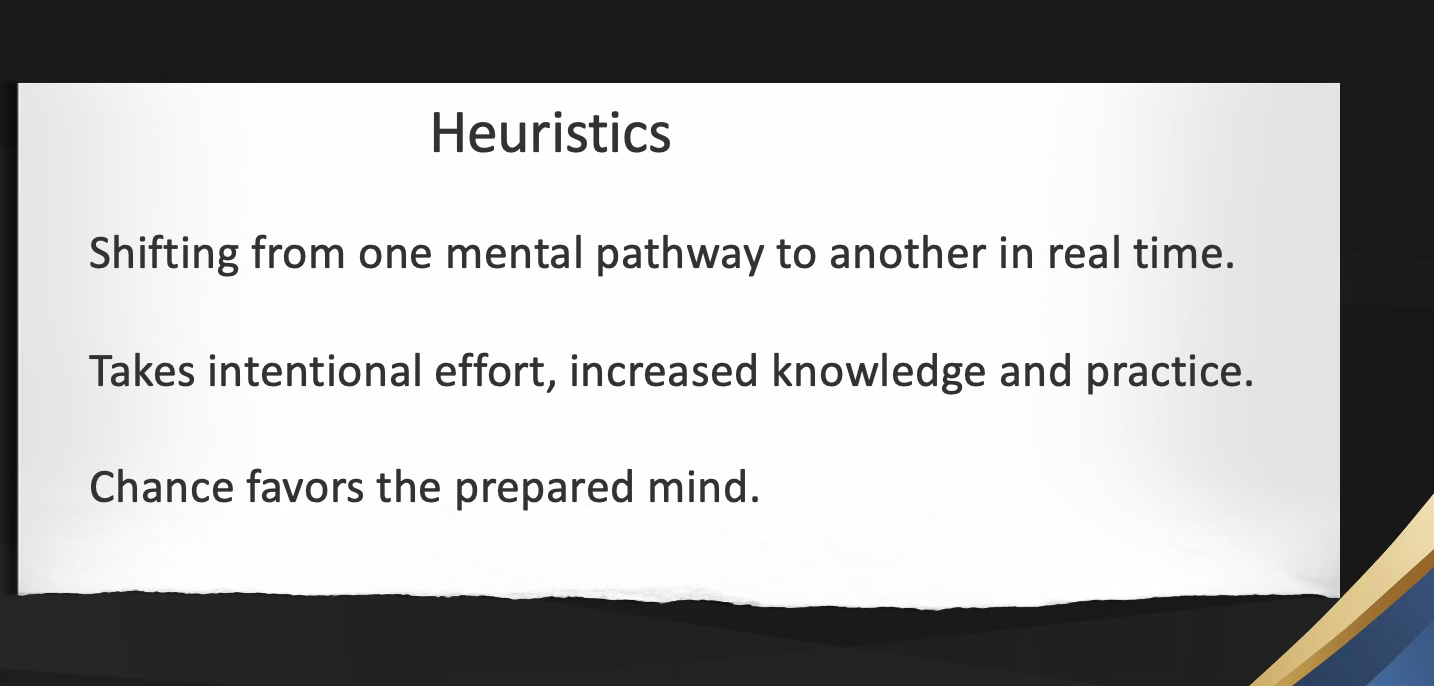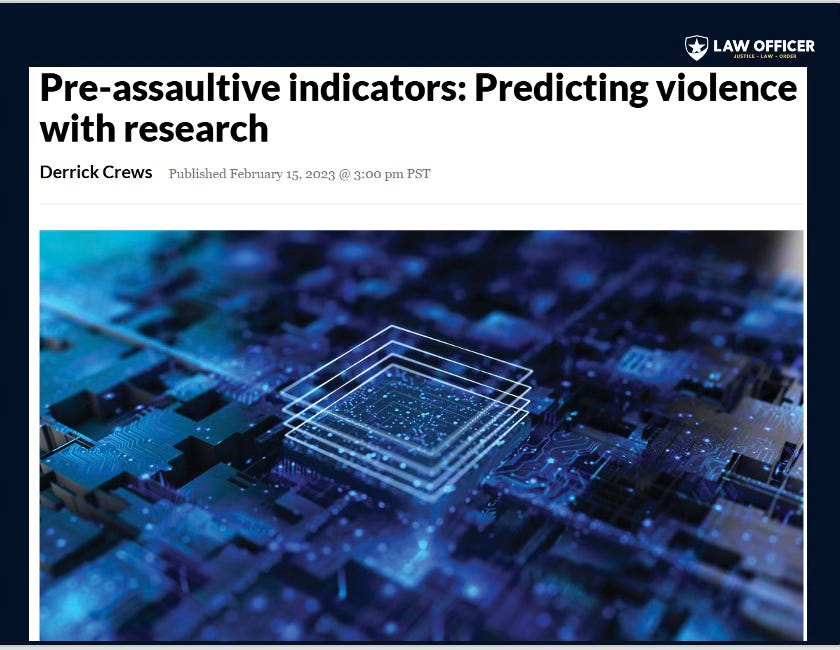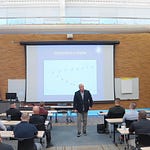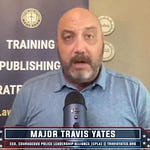If you watched that video and asked yourself, how could that happen, look no further than law enforcement leadership, which directly influences police training. The profession has long been plagued by silly ideas from academia that lack operational skills. Yet, they are implicitly endorsed by national police organizations and trusted by leaders at the top of our organizations.
When the political winds started calling the profession “systematically racist,” rather than call out the liars, many leaders ran with the flavor of the month.
Most of these reforms have fancy acronyms, accompanied by a PhD and at least one flawed study from an agency that pleases activists and politicians, so police leaders follow their lead.
While this started in my own agency a decade ago, I’ve noticed even more reason on the national scale to fight against these cowards. I committed the majority of my career to officer safety initiatives, and I continue teaching a behavior analysis course called Seconds For Survival. Without getting into the high level details, before a suspect attacks, they give off behavior cues and it is during those cues that we must act or risk exterme danger.
Notice the cues in the above video?
In recent years, I’ve noticed more and more officers have never heard of this and I couldn’t figure out why…until today.
The Incident
An officer reached out to me and told me about an incident that occurred at his agency a few months ago. The details made me shudder for his agency and any others playing this dangerous game. Here’s the story:
A suspect with a weapon ran from officers, and that was communicated on the radio.
A responding officer arrived on the scene and cornered the suspect.
The officer gave the suspect commands to put his hands in the air.
The suspect raised his hands but then lowered his right hand and walked away towards an open area.
Without hesitation, the officer tackled the suspect, handcuffed him, and the situation was over.
To anyone with a normal functioning brain, this is a textbook police tactic that controlled a potentially dangerous suspect. No one was injured, and the weapon was found in the suspect’s pocket.
The Problem
A few days later, the officer’s supervisor came to him and said that the department’s defensive tactics unit had some issues with the use of force. They questioned why he tackled him so early and didn’t give him more opportunity to surrender. The officer is facing disciplinary action and re-training.
If you needed any more reason as to why we saw more officers assaulted last year than any year in history, mark this story for evidence item #1.
The Breakdown
I told the officer what he already knew. The scrutinized officer performed exceptionally, and he cannot let the actions of a few cowards playing the acronym game affect his safety.
Graham v. Connor (1989)
All use-of-force actions are grounded in Graham v. Connor (1989). While the fancy and expensive PhD training won’t, let’s judge the officer’s actions based on this:
Officers cannot be judged on any underlying intent or motivation by the suspect but the facts and circumstances confronting the officer at the time.
A suspect with a weapon is running from officers.
The suspect initially places his hands in the air, but then goes back to non-compliance.
In judging the actions of the officer, you must consider that police officers often have to make split-second decisions about the necessary amount of force in a particular situation.
The judgment of an officer, after the fact, in the confines of an office, watching a video, certainly seems outside what the court is saying here.
The “reasonableness” of a particular use of force must be judged from the perspective of a reasonable officer on the scene.
The courts have acknowledged the vagueness of this statement, but for a good reason…” split-second decisions.” What would be more reasonable:
Asking a suspect with a weapon, who had already fled in public, to please stop as he continues to walk away or…
See an opportunity without the weapon in his hand to take him into custody?
While you ponder that not-so-hard decision, here is some additional information that makes the decision by this officer textbook. The officer had previously been in my training, Seconds For Survival, a certified seminar in his state. Part of the training says this:
Officers should identify critical cues like body posture, movements, and verbal/non-verbal signals and make timely decisions that align with tactical priorities. When three or more cues or anomalies occur, additional tactical advantage must be taken. This tactical advantage can’t be just time, as that often gives the suspect the advantage in action/reaction behavior. That advantage must be “Time and Distance” or “Time and Action.”
There’s more to this 8-hour seminar than that, but you get the picture. There is even a definition for the quick decision the officer made, a decision that he is potentially facing discipline for:
Nothing I’ve discussed here is unique, and it’s been studied in academia for over a century.
Unfortunately, the law enforcement profession has been hijacked by scams that have infiltrated leaders and trainers, placing officers at extreme risk.
If you can’t tell, I’m going to do something about this. While I’m not sure it will ever change the minds of the cowards in this situation, maybe it will help others to go home at night.
Read a recent e-mail from a student who said the training saved his life.
Dr. Travis Yates retired as a commander with a large municipal police department after 30 years of service. He is the author of “The Courageous Police Leader: A Survival Guide for Combating Cowards, Chaos & Lies.” His risk management and leadership seminars have been taught to thousands of professionals across the world. He is a graduate of the FBI National Academy with a Doctorate Degree in Strategic Leadership and the CEO of the Courageous Police Leadership Alliance.


